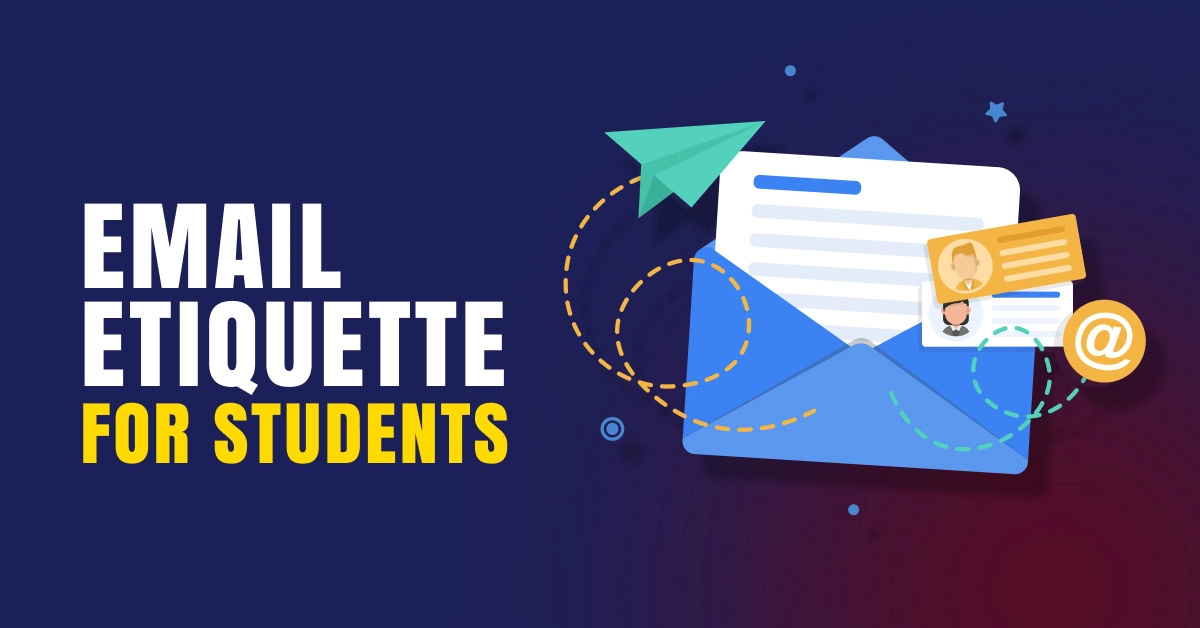The COVID-19 pandemic has disoriented the world in a drastic decree. With the abrupt shutdown of educational institutions, the academic schedule around the globe is drastically messed up. With the spread and strike of the decade’s disastrous coronavirus pandemic, the education system throughout the world is compelled to undergo an unprecedented transition from the manual mode of learning to a virtual one.
With the lockdown being imposed on a global scale to curb the spread of coronavirus, about 138 countries with 1.38 billion students have been bound to adapt to online learning for a few months. The sudden transition to virtual learning has affected both the teachers and as well as the learners.
Furthermore, teachers are constrained to strive more than ever in order to ensure effective learning without physically counseling the students. This blog wraps the catalog of basic elements required in establishing an effective virtual classroom during the COVID-19 pandemic and throughout the lockdown.
#1. Stable internet access and connectivity
The first and foremost thing while establishing a virtual classroom is access to high-speed bandwidth connectivity for smooth and unhindered teaching sessions. Effective virtual education is not possible without strong internet connectivity. Obviously, a basic virtual communication medium or broadcast mandates strong internet connectivity.
#2. Basic gadgets and equipment
Standard devices like a PC, laptop, tab, and mobile devices are mandatory. It’s important to check the gadgets and devices to ensure the adaptability and accessibility to the online platforms. All kinds of software you intend to use while teaching should be adaptable with the basic devices. Also, check whether the software required for the digital classroom can function in your web-enabled devices.
#3. Use digital teaching tools
Whether it’s organizing your lesson plans or preparing one, from converting videos into engaging lessons to drafting an engaging presentation, the virtual age has an endless list of teaching software on the app store. Ensure to pick the ideal tools for making your digital classroom more intriguing and interactive as the manual lessons.
#4. Conduct classes via video conferencing software
As most of the digital platforms authorize the alternative to keep the video mode turned off. Likewise, the majority prefer to have the video turned off while attending a meeting, a webinar, presentation, etc. However, when it comes to online education, ensure to keep the video mode switched ON throughout the session. The reason? A video conferencing tool enables eye contact and even recognize the expressions of the students, through which you will be able to check their alertness during online lessons.
#5. Keep everything informed beforehand
Prepare your students mentally. Make sure to keep them informed about the course schedules. Communicate with them about the new learning strategies and make sure they understand the requirements and importance of e-learning during the lockdown. As a teacher, make sure to deliver the details for class schedules in advance so that they can prepare themselves based on the provided timetable.
Also Read: This is how Inspiria is keeping the desire to learn alive via online classes
#6. Keep the class size smaller
While it comes to the online classrooms, the smaller the number, the more effective the learning will be. Less number of students in the virtual classroom enables crisp, interactive, and manageable group and productive learning. While video conferencing software like Zoom allows up to 100 participants during a virtual conference or a classroom, it is advisable to keep the size of the classroom small with not more than 30 students.
#7. Ensure to interact with the students
You don’t simply run a slide share and say nothing in a physical classroom. To make them understand what you portray, you communicate the explanations to the class. In a digital classroom, students tend to lose attention easily. Indulging in a monologue or operating a presentation is a serious blunder that tends to ruin the excitement and keenness out of students. Make sure to engage your students in learning through online discussions, interact with them by asking questions, assign them tasks, make them indulge in research on subject related topics, and more as such.
#8. Ensure effective communication
Effective communication is a crucial aspect of teaching. But how to communicate effectively through a virtual platform? Encourage your students to ask questions. Check their understanding by questioning them too. Make sure to set down general rules of the classroom and communicate the same with the utmost clarity to your students. Speak with them between lessons, make them indulge in research, collaboration assignments, conduct tests, and quizzes to check their learning.
#9. Documenting a lesson
As a part of a digital teaching strategy, you might require to document or record your own lectures. To ensure effective and quality education, and to avoid the errors, make sure to rehearse the entire clip before recording. Choose a well-lit room with ideal backgrounds, check the background noise and light effects to get clarity in speech and pleasing visual impression.
#10. Be available
Regardless of the mode of instruction, it is an utmost necessity for you to be available for your students while you are implored. As an educator, your task is merely limited to the scheduled lessons and lecture sessions. When it comes to digital teaching, it is, therefore, recommended to frequently review the course plans, upload notes, update presentations and upcoming class schedules, test, quizzes, remarks, and everything expected as per the newly regulated strategies.









